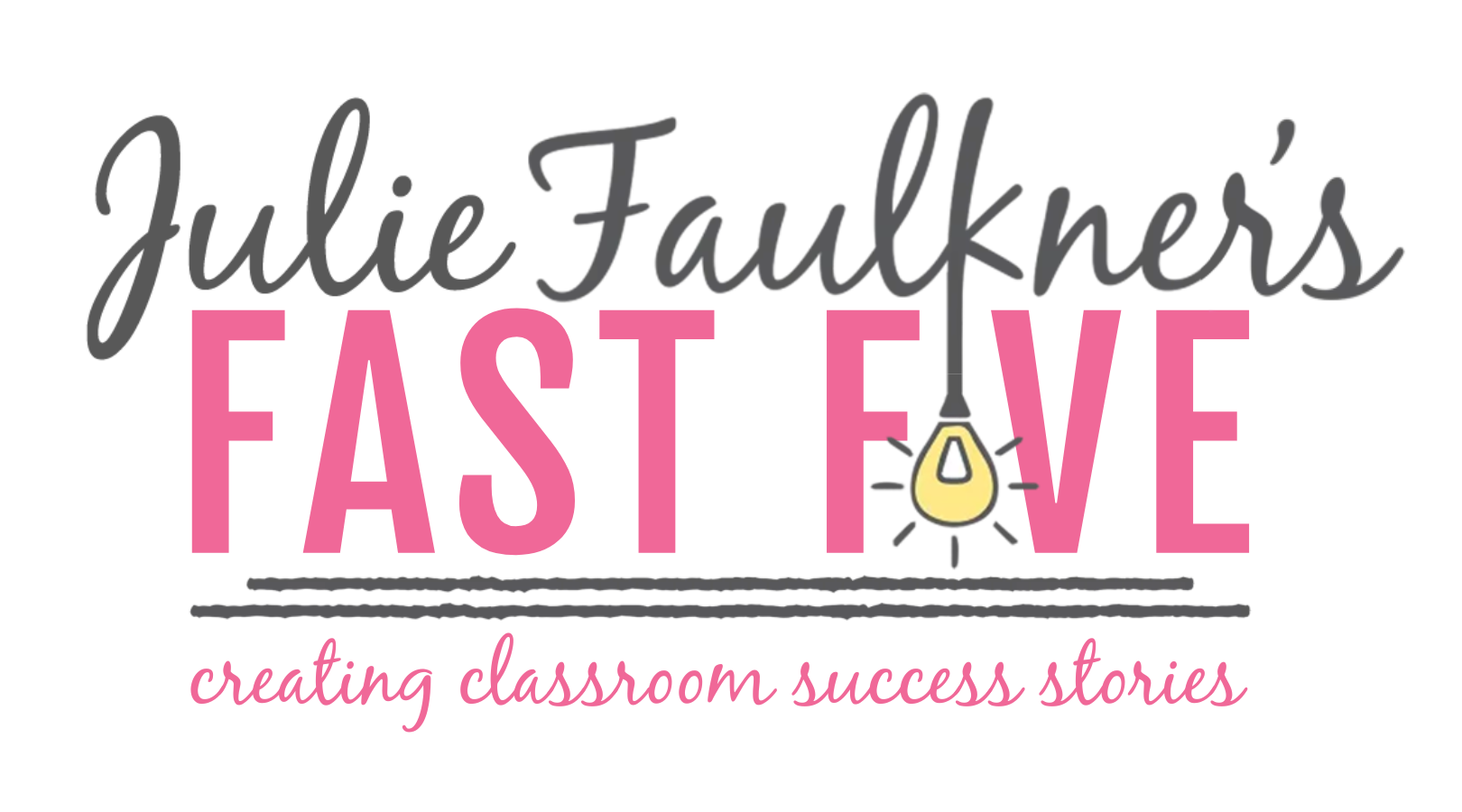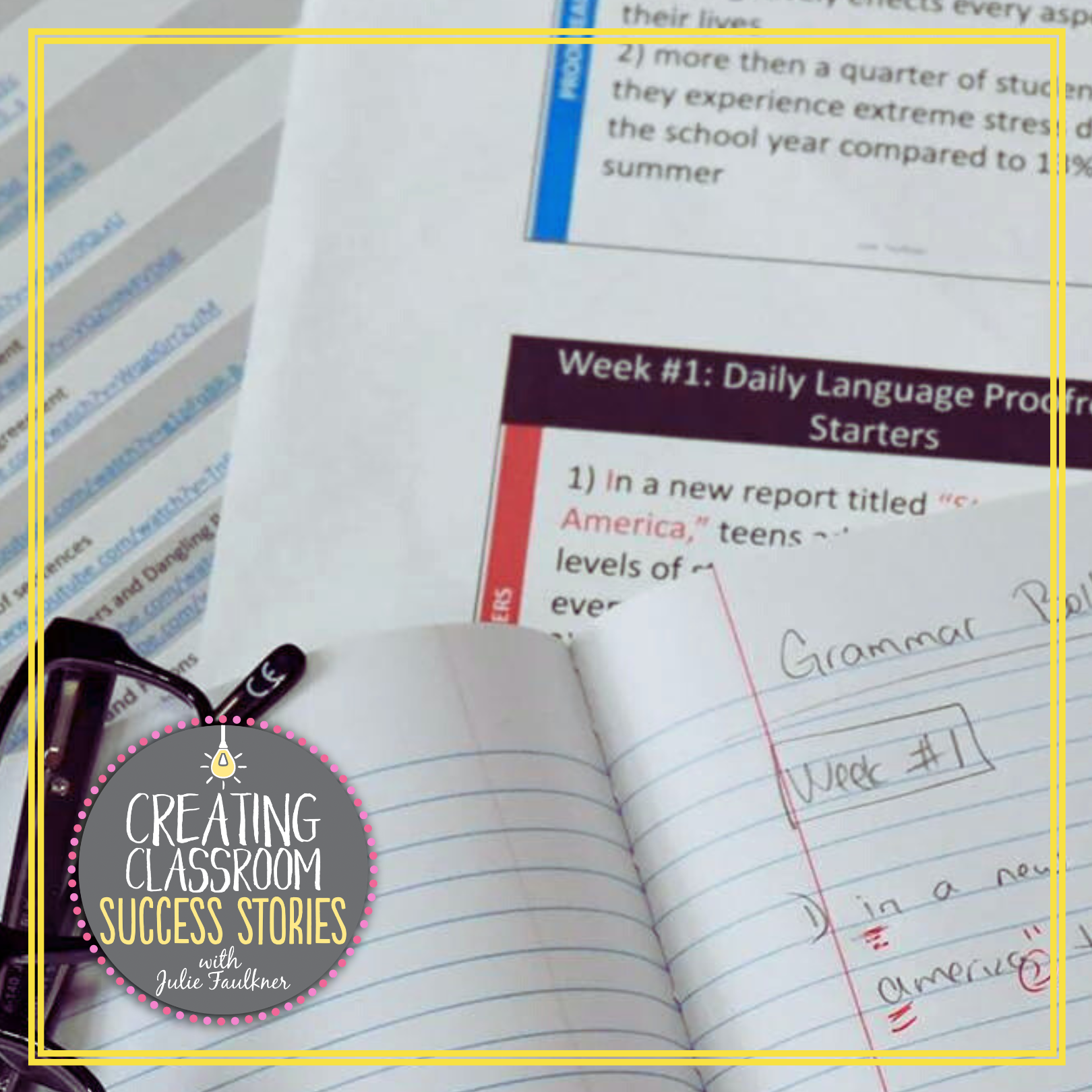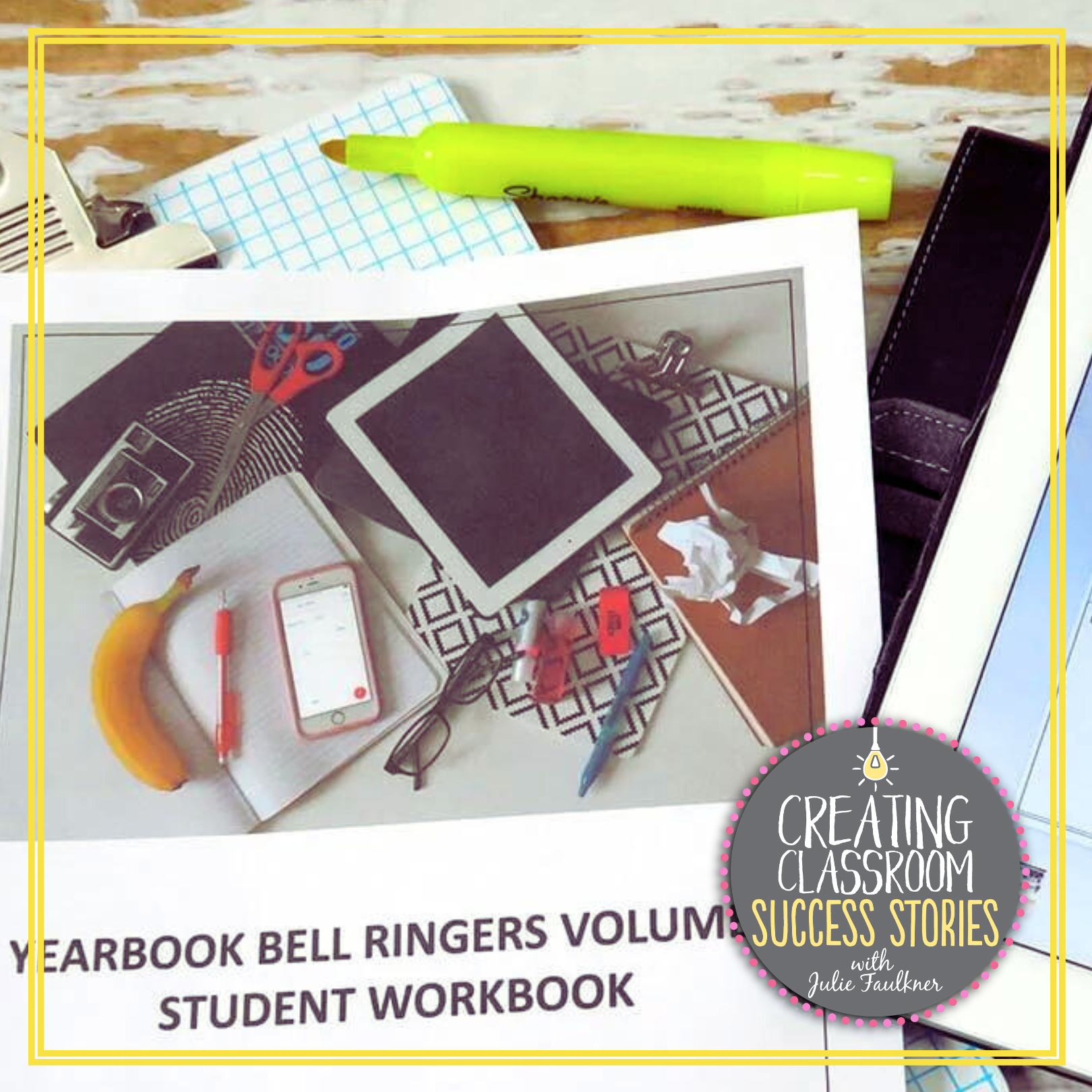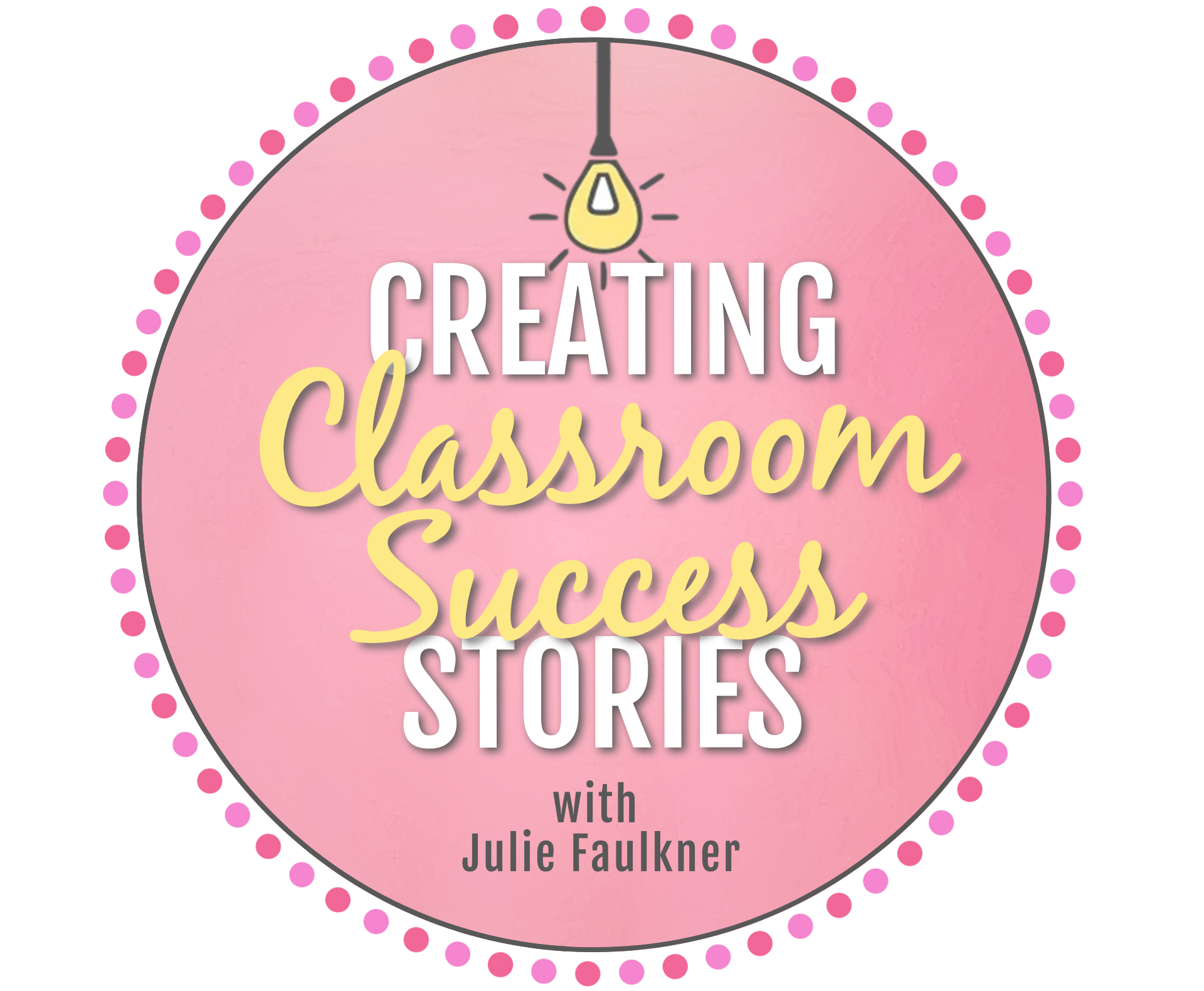Everything You Need to Know
About How to Sell the Yearbook
You’ve worked hard for half a year or longer to create this beautiful time capsule — the yearbook. You’ve sold advertisements, taken pictures, written headlines and captions, and included as many students as possible. BUT — what if no one sees what you and your staffers have created? That may be a little hyperbolic, but it is super important to have a strategy in place not just for creating the yearbook but for selling it as well. Here’s everything you need to know about how to sell the yearbook!
TIPS FOR PRICING YOUR YEARBOOK
You may not like to think about money when there are more fun things to think about in yearbook like photography, graphic design, and even writing, but you can’t ignore the elephant in the room. The truth of the matter is that it’s not free to publish a yearbook. It is, in fact, pretty pricey depending on what your staff has chosen, book count, etc. All of that has to be taken into consideration from day one. It has always been my priority when it comes to pricing to keep the price that my students have to pay as little as possible. I teach in a rural area with many families being considered as having a very low economic status. I want my students to have a yearbook, but I don’t want the cost to be a burden. So I choose carefully when planning the book.
Next, we work diligently to gain income in other ways: biz ads, student tribute ads, donations, fundraisers, etc. all help to lower the cost of the book price that students/families pay. We sell our 150-ish-page book for about $65, typically. That’s just over half of the cost of one book. In a school of about 450 students, we usually acquire purchases from about half of our student body. Usually, all of our seniors get a book.
You can also consider a tiered pricing strategy:
- Families with a certain number of children only pay a certain amount.
- Offer a payment plan.
- Give discounts for people who order early like an early-bird special.
TIPS FOR MARKETING YOUR YEARBOOK
Marketing may seem like a term you’d hear in business class, not in a fine arts class like yearbook. However, like I said before, if no one buys the book, you’ve not accomplished the goal. As much fun as it is to plan the theme and the cover, you need to be planning your marketing strategy for how to sell the yearbook, too. When you have something to sell, you are always marketing! Everything becomes material to convince your audience to buy what you are selling, so don’t miss capturing a video of a cover planning session you can use as a TikTok sneak peek or a behind-the-scenes photoshoot for the soccer pages that you can post on Facebook for the families of the players. In other words, your marketing strategy should be to document everything to build up excitement and momentum all year long. Keep your product in front of the students as often as possible. They have to know about it to know they want it! Even more so, they have to know what it’s about to make them want it.
Here are a couple of ways we have been successful in marketing our yearbook:
- Incentives to buy by a certain time
- Cover sneak peeks
- Page sneak peeks
- Books remaining countdowns (get creative with layout: build a snowman, ice cream cone, fill the egg basket, etc.)
- Egg hunt around the school with prizes (discounts) hidden inside
- Notes on lockers
- Ice cream parties
- Videos/TikToks/Text Messages/School Websites and Social Media/Email/Phone Calls
- Sell at ballgames, conferences, open houses
- Hallway posters and sign
- Do a drawing
- Host an essay or photography contest and give prizes to the winners
- Buy your yearbook, get a piece of candy
- Stocking stuffer certificates during the holidays
SETTING DEADLINES FOR SELLING THE YEARBOOK
’ve experimented with deadlines when selling the yearbook. I’ve sold only during the first few months of the year; I’ve sold right up until distribution day; I’ve sold all year and part of the year. Ultimately, it depends on your program and the habits of your student body and their families. We are a spring delivery book. What I’ve found that works best is to focus on creating the book and selling advertisements early in the year. I open book sales, but I don’t really push them until late winter/spring. That is after the holidays, and buyers are closer to a tax return! But, in reality, our buyers wait until the last minute to buy anyway, so I just sell “last minute.” That also gives my staffers time to focus on two of the three big pieces of yearbook class (ad sales and book creation) rather than having to do them all at once.
Here’s what works for deadlines:
- Note the deadline to set your book count in stone. That matters because it affects your budget, especially if you only want to order what you’ve sold and no more. If you don’t mind ordering a number blindly, then you can do that and sell as long as you have books left.
- Note the deadline for when the publisher stamps personalization on your covers. That is usually its own deadline, so people who want to customize their books need to order sooner rather than later.
- If you are going to sell books right up until your distribution day, don’t sell on the day (or morning) of that event. It is too risky! You might have miscounted, or there might be something wrong with a book that you didn’t see before and you’ll need an extra.
- Set a deadline for the type of payment you accept. I only accept cash about a month from the distribution day. Again, it’s too risky to accept a check.
- I also have my publisher turn off the online order a few months away from distribution day, too, so I can keep a better watch on my number. If you are only ordering a certain amount (what you’ve sold up to a certain point) then this one won’t matter.
KEEP A PAPERTRAIL WHEN SELLING YOUR YEARBOOKS
There are so many moving parts when it comes to selling yearbooks. You have not only the financial side of the puzzle that you’ll need to keep straight with your school’s bookkeeper and auditor but also you’ve got the buyers’ side who need you to keep organized and accurate lists, too. Plus, it keeps you safe from con artists and possibly accidents.
Here’s how to keep an organized and accurate paper trail:
- Use receipts (with a duplicate) for any book sale you do in person. Be sure to include the date of the sale and how the buyer paid. Keep the copy duplicate).
- Log in-person sales on a collection log that you turn in to your bookkeeper with the money. Run a copy of that log.
- If you sell online and in-person make sure to merge those lists often. If you can, enter your in-person sales into your online platform.
- Print lists of buyers and post them often for students to see. This also helps on distribution day. Read that post here.
SELL THE YEARBOOK… TO EVERYONE!
Think out of the box — students and parents are obvious choices, but there are other people who are interested in a showcase of the year, too. I often sell books to teachers and coaches. Community members, historical societies, former teachers, grandparents, local politicians, your school and local libraries, and administration are all possible candidates for wanting to see the story that you and your staffers have worked hard to tell.
Here are some quick and easy strategies for selling more books:
- If you sell student tribute ads, make sure those families have been contacted.
- Sell “book scholarships” or “adopt-a-student” books for students who can’t afford a book. Ask teachers, community members, etc. to make a donation toward the cost of a book.
- Use your coverage report to target students who are active and featured quite a bit.
- Look at last year’s book sales. Who bought? Ask them again. Who didn’t? Why not?
If you’d like to have some materials for selling books, take a look at my yearbook book sales kit for advisers.
Love this content?
Sign up for my email newsletter with more tips, ideas, success stories, and freebies!

















